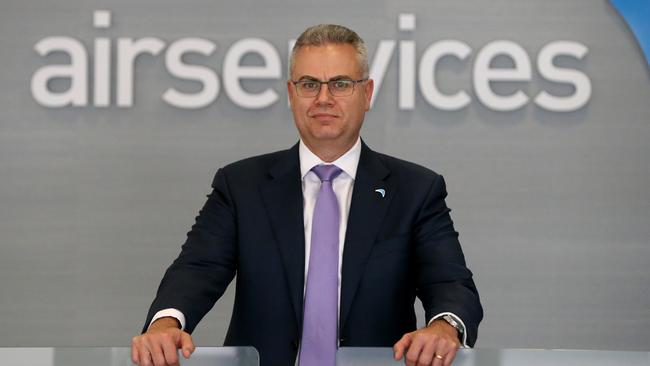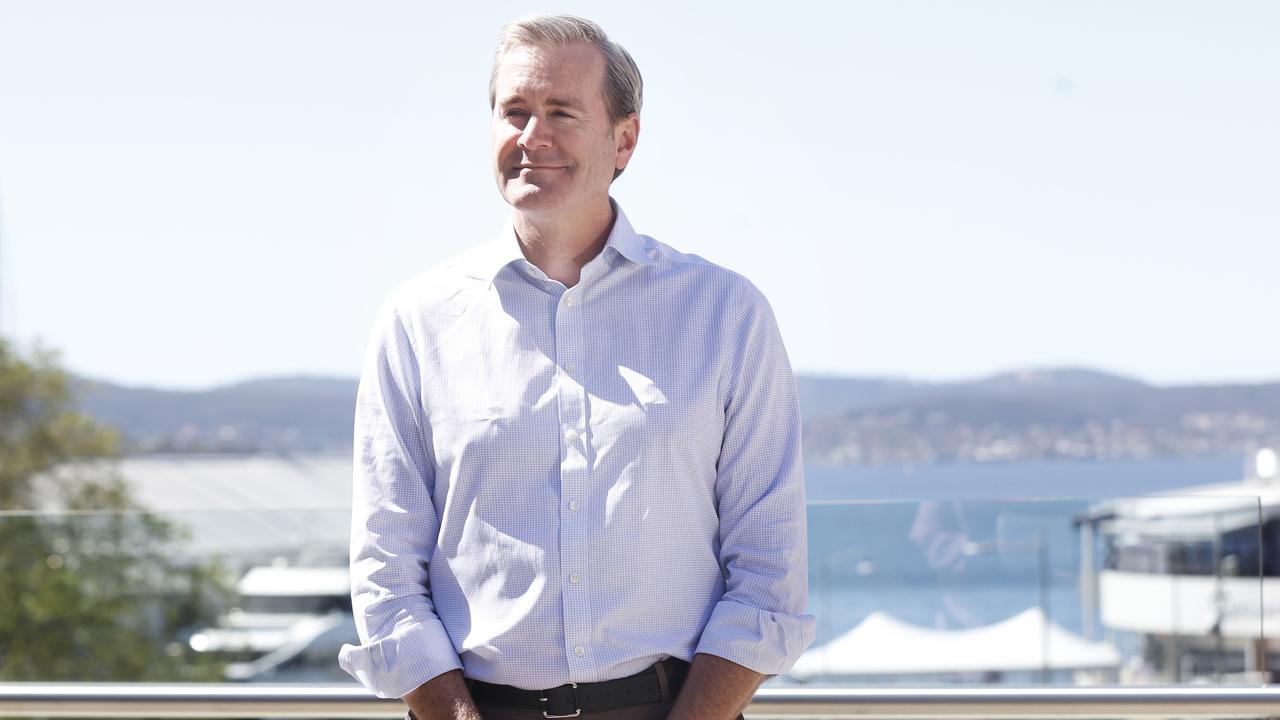Flight safety alert after ‘multiple incidents’ spark warning over new routes
THERE are safety concerns over new flight paths at Hobart Airport after planes twice flew too close to each other and nine other flights failed to stick to height restrictions.
Tasmania
Don't miss out on the headlines from Tasmania. Followed categories will be added to My News.
THERE are safety concerns over new flight paths at Hobart airport after planes twice flew too close to each other and nine other flights failed to stick to height restrictions.
The incidents have required Hobart’s air traffic controllers to revert back to manually specifying the altitude to pilots, rather than using the satellite guided aircraft flight management system.
The measures were necessary so that planes did not accidentally collide at the crossover point for incoming and outgoing flights.
The two close calls, referred to as a loss of separation, happened in airspace over Richmond.
In December 2017 two approaching aircraft flew within about five kilometres of one another and in January this year two departing planes were about eight kilometres apart.
In Australian airspace aircraft must be separated by 305m vertically unless they are 9.26km from each other horizontally.
MORE:
DELAY LOCKS IN HOBART AIRPORT FLIGHT PATHS
SCRAP FLIGHT PATH CHANGES AND START AGAIN
FLIGHT PATH BACKLASH FORCES ROUTE RETHINK
OMBUDSMAN SAVAGES HANDLING OF FLIGHT CHANGES

Between September 2017 and March this year, nine departing flights also failed to stick to height restrictions at the point where they would have crossed paths with an approaching aircraft.
The incidents followed changes to Hobart airport flight paths in September last year when Airservices Australia implemented satellite guided paths for arriving and departing aircraft.
Federal Labor Lyons MP Brian Mitchell this week hit out at Airservices Australia saying there were no clearance issues under the old system.
“I can’t recall the last time we had a clearance issue under the old system,” he said. “Airservices say it’s safer but there’s no data to suggest that it is.”
He said from his experience people in the industry preferred the old system where they had more control over environmental factors such as wind speed.
“My fear is it’s about saving money … by having fewer staff in the tower,” he said.
“They should bite the bullet and go back to the old flight paths.”

Airservices chief executive Jason Harfield said the satellite technology was safer because it ensured aircraft flew predictably and consistently.
An Airservices spokeswoman said the new routes also reduced the workload on pilots and air traffic controllers.
Airservices said there had been no incidents reported since March.
Mr Harfield told a Senate Committee earlier this year pilot error was to blame for the two losses of separation, not the new flight paths.
“We do see a heightened risk of those when there is a change in the system … associated with a potential for a failure to comply,” he said.
He said the new routes were needed to manage increased air traffic at Hobart.


